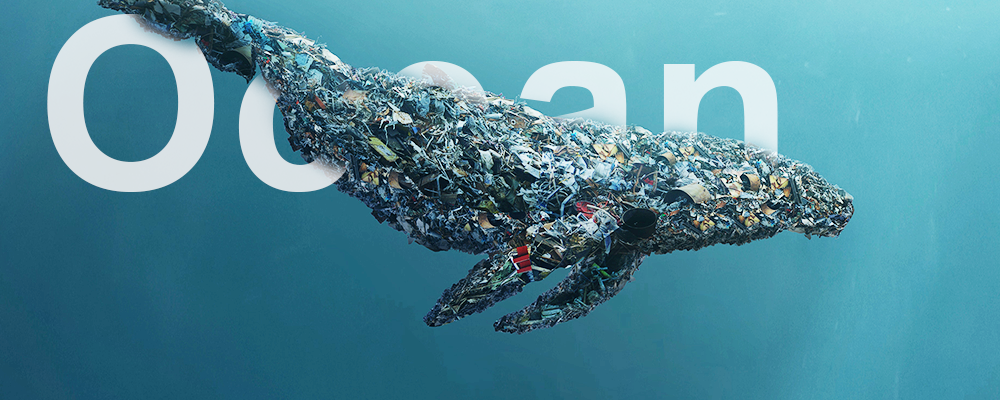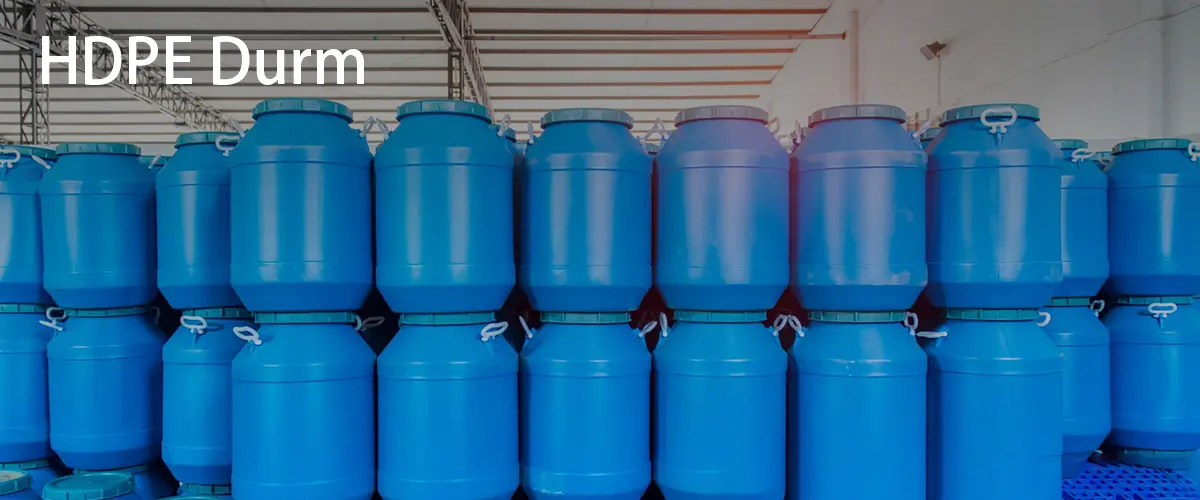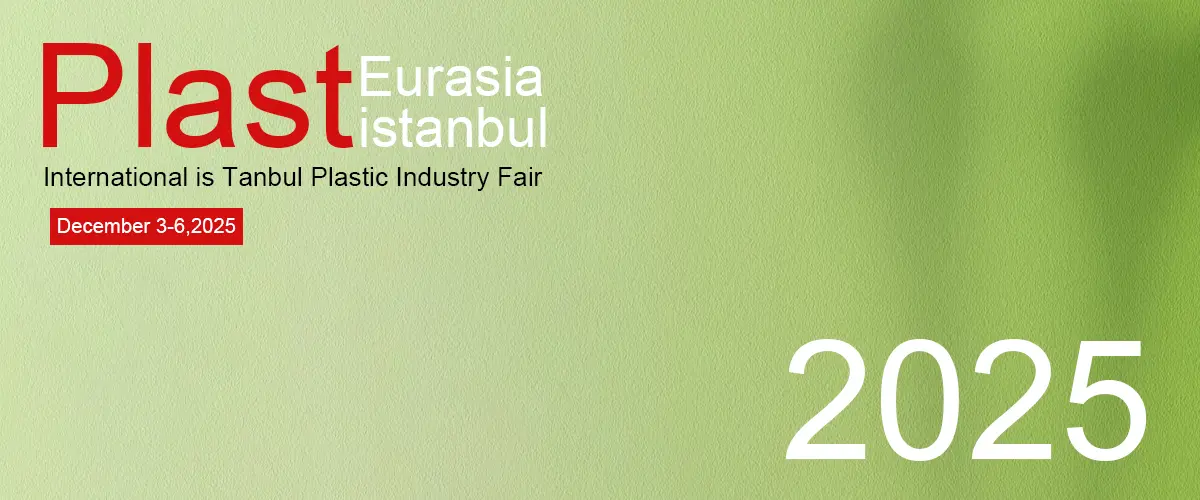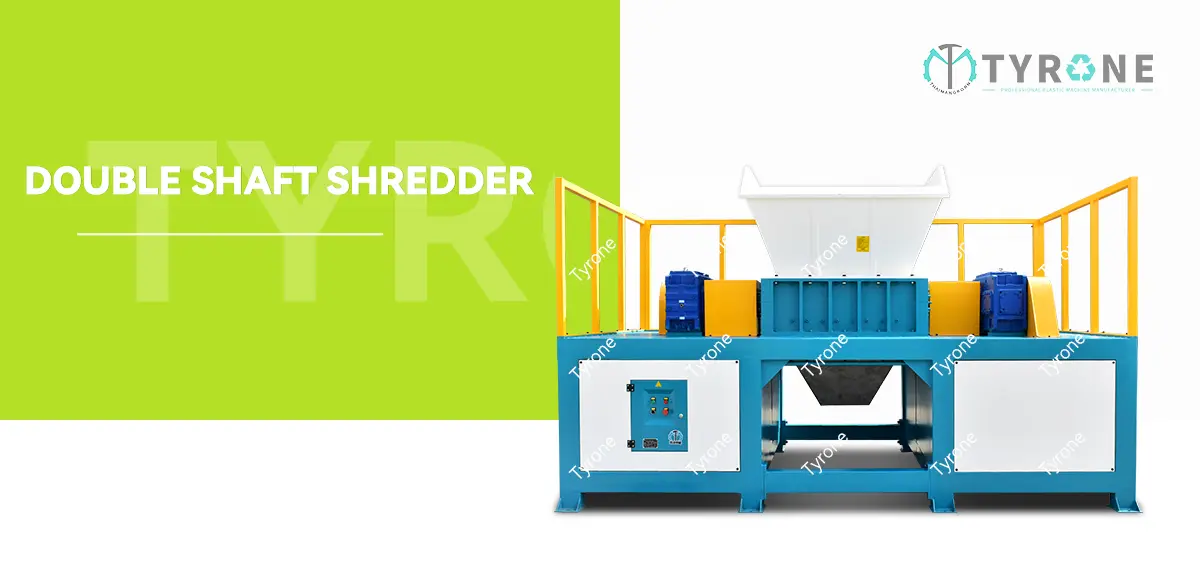Marine pollution
Marine plastic pollution has negative impacts on wildlife, human health and the economy. Interactions between plastic waste and wildlife lead to entanglement and ingestion, affecting growth and reproduction. Plastics act as unnatural matrices to promote microbial colonization and reproduction, increase biodispersion and migration of invasive species.
Ingestion of microplastics may cause physical and chemical harm to marine life and affect human health. Eliminating marine plastic pollution requires coordinated action by the international community, strengthening policy frameworks and international agreements. There is currently a lack of research on the total amount of plastic debris in the ocean, and the potential impact may be more serious than what has been recorded.
Drowning in plastic
Now imagine a truck loaded with all kinds of trash: plastic bottles, fishing nets, bags, etc., dumped into the sea every minute. Sadly, this is not an exaggeration, but a stark reality we have today. An estimated 8 million tons of plastic enter the ocean every year, the equivalent of 2,000 trucks overflowing every day. It is not just local, but a global crisis that affects every corner of our world’s aquatic realm.
The culprits are varied
Single-use plastics: These ubiquitous items that provide only a few minutes of convenience dominate the pollution landscape. Bottles, bags, straws and cutlery are all major contributors to pollution, often entering water bodies through littering or poor waste management.
Poor waste management: In many parts of the world, improperly handled plastics seep from landfills and incinerators, ending up in rivers and sometimes even the ocean.
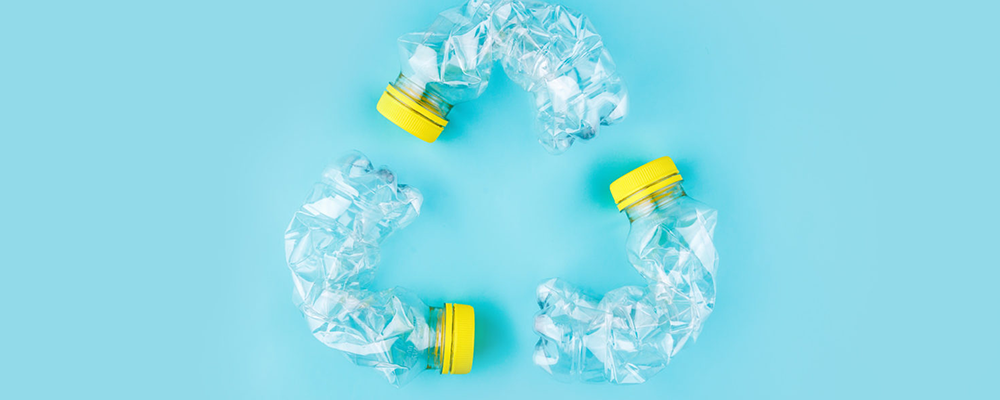
Impact of plastics
I. Impact on wildlife
Entanglement and ingestion are the most common interactions between marine plastic debris and wildlife. Wildlife is more likely to be entangled in certain shapes/types of plastic debris, such as plastic ropes, plastic bags, or round plastic products. Entanglement can cause tissue abrasion, strangulation, reduced feeding efficiency, reduced growth and development, and drowning in wildlife. Plastic debris may suffocate marine habitats and benthic organisms (such as corals, seagrasses, and mangroves), and discarded plastics can cause additional physical harm to organisms when they are dragged on the seabed. Fishing nets abandoned at sea (some people call them ghost nets) can continue to catch fish and other marine organisms, such as rays and turtles, for many years.
II. Plastic is an unnatural matrix
Microplastics and macroplastics are platforms for the colonization of fixed organisms and microorganisms (including pathogens). The movement of plastic fragments of colonized organisms may increase the spread of organisms and the migration of invasive species. The biological colonization of sunken plastic fragments may change the structure of biological habitats and provide alternative substrates for the settlement and growth of sessile benthic organisms.
Plastic waste provides new habitats for microorganisms to thrive. The plastisphere (an ecosystem formed by plastic waste in the ocean, in which organisms grow on plastic surfaces) has significantly different microbial communities from the surrounding matrix. Studies have shown that the plastisphere includes pathogenic Vibrio and E. coli, antibiotic-resistant bacteria, harmful algal bloom species, and salmonella Aeromonas that cause fish disease. The marine plastic pollution study showed that when corals (from 159 reefs in the Asia-Pacific region) came into contact with large plastic fragments, the likelihood of coral disease increased from 4% to 89%. This suggests that microbial colonization of pathogens in plastics may lead to disease outbreaks in the ocean.
III.Chemical effects of microplastics
Ingestion of microplastics may cause physical harm to marine biota, but there is also the potential for chemical effects. The physical process of weathering plastic objects into microplastics creates a large surface area on the particles, allowing these objects to absorb pollutants from sediments or water bodies by adsorption, like a sponge. Adsorbed pollutants may include persistent organic pollutants, metals, and ethylene dichloride.
Chemical additives added during the plastic manufacturing process also pose a chemical threat. Additives include plasticizers such as phthalates or bisphenol A, flame retardants, and stabilizers such as lead and other metals. These substances will penetrate into the marine environment as the plastic weathers and enter the tissues and internal organs of organisms if ingested by animals. Adsorbed and leached harmful substances are often persistent, making plastic objects pollutants that lead to bioaccumulation.
The cumulative effects of microplastics and related pollutants remain an evolving area of research. Theoretical modeling suggests that the effects of adsorbed pollutants on organisms that ingest microplastics should be minimal. However, laboratory-based studies have shown that once microplastics are ingested, the associated pollutants are easily released into the blood of marine organisms. Biomagnification may have further impacts, and as these impacts multiply and accumulate through the marine food chain, they may also have impacts on human health.
IIII.Impacts on human health
Similar to the impacts on marine wildlife, marine plastic pollution can interact with humans through multiple pathways. Humans may be exposed to plastic fragments through seafood, as microplastic fragments have been found in invertebrates, crustaceans, and fish consumed by humans. Since most plastics remain in the digestive tract of animals, the risk of ingestion of plastics by humans is higher when these animals are consumed, such as small fish or bivalve molluscs.
Of concern is that chemical effects associated with ingestion of microplastics and nanoplastics documented in marine wildlife may also affect human health, including gastrointestinal adsorption, chemical toxicity related to leaching of plastic additives (e.g., bisphenol A, heavy metals, ethylene dichloride) or adsorbed contaminants, and hazards related to microbial colonization. Current knowledge on the effects of human consumption of microplastics is limited, but the severity of the impact will depend on the level of seafood contamination, the frequency of human exposure, and the effectiveness of exposure. Similar to other organisms, humans may simply ingest plastic fragments and then excrete them. Although there is increasing evidence for interactions between ingestion, toxicology, and human health of microplastics and nanoplastics, further research on this topic is needed.
Action Response
Solutions and Hope: Turning the Tide on the Plastic Epidemic
The impacts of the plastic pandemic are profound, but there is no silver lining in the darkness. People, communities, and organizations are stepping up to protect the ocean, creating a wave of change. Let’s take a look at some solutions that are gaining momentum:
A.Individual Action: Small Steps, Big Impact:
Reduce: Say no to single-use plastics whenever possible. Use reusable bags, water bottles and cutlery. Choose products with less packaging.
Reuse: Give old plastics another chance! Repurpose containers, bags and other items.
Recycle: Make sure all recyclable plastics go into designated bins and support initiatives to improve recycling infrastructure.
Spread Awareness: So talk to your family, friends or community about this. Share your knowledge to help others join the fight.
B.Community Power: Collective Action to Drive Change:
Support Organizations: Donate and volunteer to join groups that tackle plastic pollution through beach clean-ups and policy advocacy.
Demand Change: We can petition businesses and governments to ban plastics, promote sustainable choices, and invest in waste management infrastructure projects.
Join Cleanups: Join organized beach cleanups and cleanups organized in your area; every piece of plastic removed makes a difference.
C.Policies and Regulations:
Bans and Restrictions: Governments that ban single-use plastics like plastic bags or straws encourage others to follow suit.
Extended Producer Responsibility (EPR): Policies that shift responsibility from consumers to producers, thereby incentivizing them to create more sustainable products.
International cooperation: Global cooperation through agreements and initiatives is needed to take a common approach to tackling plastic pollution.

